The tech that built an empire: how Rockstar created the world of GTA 5
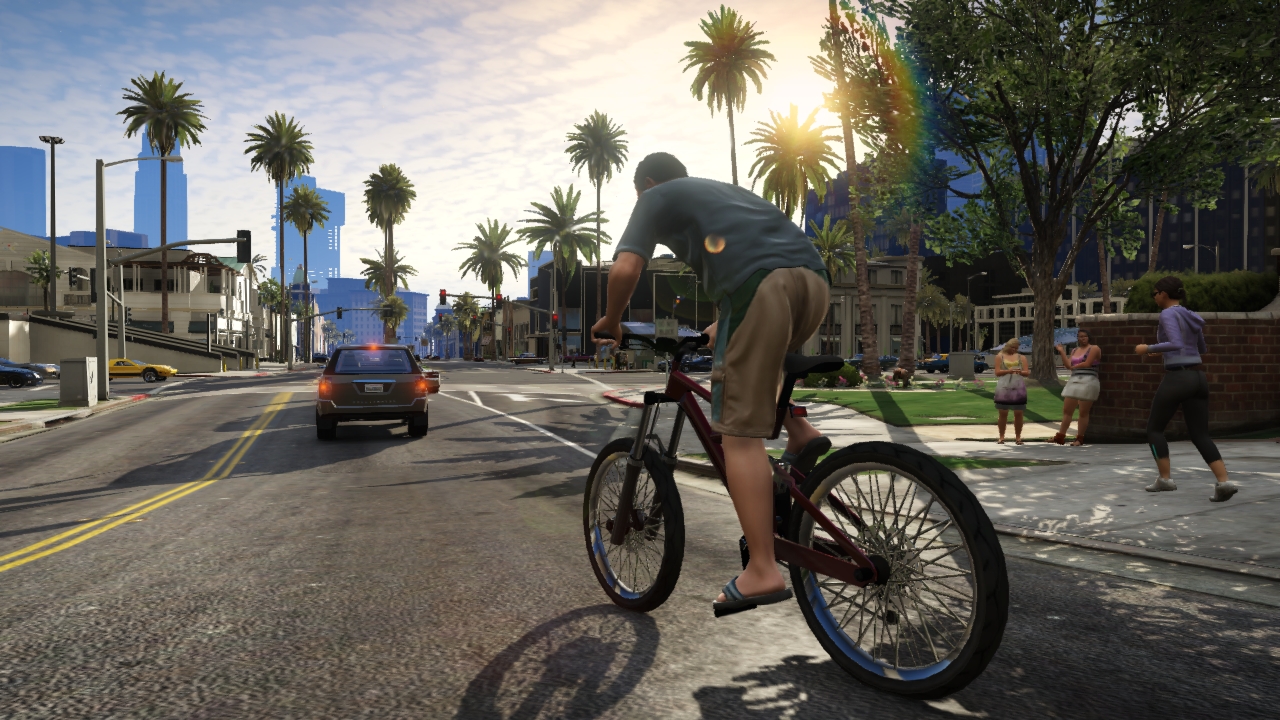
If architects are the unsung heroes of the modern world, spare an extra special thought for Aaron Garbut. Since Grand Theft Auto 3, Rockstar North's art director has been creating virtual playgrounds that aren't just ambitious, but often resonate as much as their real-world inspirations.
Now hoards of gamers are about to descend on the latest fruit of Rockstar's labours, Grand Theft Auto 5, and are set to experience an open world environment that's more daring than anything the series has attempted before.
"I've always been proud of the worlds we've built, but this one really is on another level all together," Garbut tells us. "I think the immersive thing is that, as large and detailed as it is, it always has more to give.
"There's always new things to see, and layers of detail on the ambient life that really makes it feel like there's stuff going on without you. It's a world with which you interact and exist, it doesn't feel like a facade that's created around you."
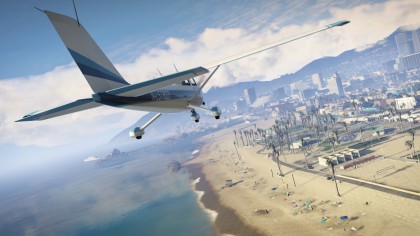
And don't we just know it. Having dipped our toes into the San Andreas waters ourselves we're ready to take the plunge. This is a very different place to the one we visited with CJ back in 2004. It's richer, more vibrant, and in many ways never-ending.
From facing off sharks on the ocean floor to taking in the view from the peak of Mount Chiliad, Rockstar wants us to not only experience San Andreas this time, but breathe it.
"All the little lights you see in the far distance are real, you can drive towards them and find the bulb that casts the light"
Sign up for breaking news, reviews, opinion, top tech deals, and more.
But despite a lot of speculation that the game would arrive for the dawn of the PS4 and Xbox One, GTA 5's release on the current generation left the question of how much Rockstar could possibly wring out of the existing systems. Would there be anything left after GTA 4, Red Dead Redemption and Max Payne 3?
"Technologically the biggest achievement has been squeezing this all into the console's memory and making it run as smoothly as it does," says Garbut.
"I think it's pretty staggering that you can be in a jet flying fast and high above the clouds, looking past the mountains to the city below you and then hit eject and parachute out over the map, seeing the world sprawled out beneath you and knowing the level of detail that exists across everything you can see."
Engines for engines
GTA hasn't just got bigger either - it's evolved in almost every other aspect too. "Everything is so much further on than it used to be," Garbut tells us. Grand Theft Auto 4 may have been the first of the series to take RAGE (Rockstar Advanced Game Engine) for a spin, but it was also in its infancy.
Over the past five years the entire engine and its mechanics have been fine-tuned to point that it's "effectively become the new RAGE," according to Garbut.
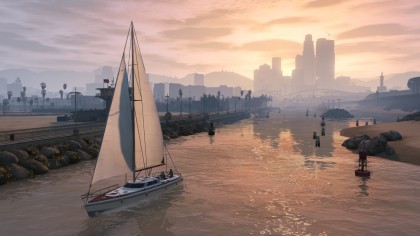
"Originally RAGE was a set of components - a basic rendering engine, a physics engine and the like. It was never a game engine. When we started Grand Theft Auto 4, RAGE was a toolset that gave us the basics for a rendering engine and a physics engine that we were able to build on."
"Over the past five years through 5's development, they have evolved, standardised and generalised the GTA engine," he says.
"Now, since Max Payne 3, we have a standardised full game engine across all titles at Rockstar. This is amazing since it gives all our games the same building blocks to pick and choose from, and it means all our artists are familiar with the same toolset.
"It's so much more than what RAGE originally was or what Renderware was for us in the past. This is effectively a finished game that we then build on and steer towards each title's needs."
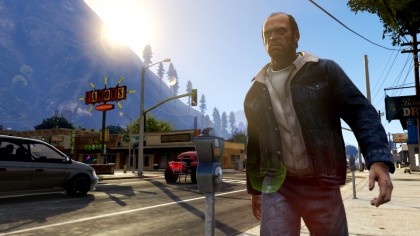
"We can stream far more and compress far more into memory, meaning orders of magnitude more detail than we had in 4," adds Garbut. "The graphics engine has been overhauled, which gives us much better rendering of characters, vehicles and the world as a whole."
Waterworld
"The thing I want people to see most is the scale, to fly over the city in a jet, to look over the countryside from the top of a mountain as the sun goes down."
Considering the sheer size of the map, the level of detail that RAGE affords in GTA 5 is hugely impressive. While not a whole generation away from number 4, time has taught the technology how to squeeze every last drop from the current gen.
"The water has moved forward massively, and we have a far more accurate lighting model and generally a far better lighting system, both in terms of quality and quantity," says Garbut. "We render more lights and we render them much, much further."
"Our weather systems are far in advance of what we've had in the past, building on the cloud systems and rain systems from Red Dead Redemption. If you look at a night based screenshot, all the little lights you see in the far distance are real, you can drive towards them and find the bulb that casts the light.
"The animation system is amazing. It's able to blend in so many actions incredibly smoothly to give us a really rich movement across all characters. It also utilises the streaming improvements to give us huge amounts of variety and specific actions, allowing us to seamlessly blend in and out of cutscenes. They stop being interruptions to play, so you feel much more connected to the story."
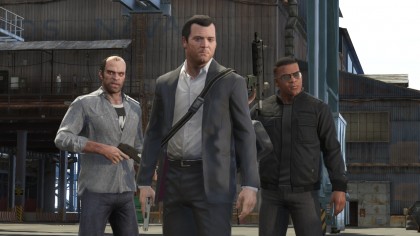
A perfect example is in one of the game's earlier missions, Three's Company, a cinematic heist that requires players to switch between Michael, Franklin and Trevor.
The three-way dynamic is one important way GTA V has evolved from its predecessors, while packing the game with more heist missions was response to gamers' love for GTA 4's Three Leaf Clover. Go back and play that mission now and there's an odd sense of foreshadowing.

Hugh Langley is the ex-News Editor of TechRadar. He had written for many magazines and websites including Business Insider, The Telegraph, IGN, Gizmodo, Entrepreneur Magazine, WIRED (UK), TrustedReviews, Business Insider Australia, Business Insider India, Business Insider Singapore, Wareable, The Ambient and more.
Hugh is now a correspondent at Business Insider covering Google and Alphabet, and has the unfortunate distinction of accidentally linking the TechRadar homepage to a rival publication.